Week 05 – Lighting Atmosphere in Shopping Malls and Art Spaces

Throughout the course, I have come to understand that lighting is more than just providing a source of light, it can also influence the ambience of a space, the user experience and the visual focus.
In this week’s lighting study, we visited and explored the lighting strategies of Edinburgh’s St James Quarter shopping centre and the Scottish National Portrait Gallery to discover how different types of spaces use light to shape a unique experience.
At St James Quarter, I found that the retail shops used ambient lighting to provide a uniform base light source and accent lighting to highlight specific items. For example, Zara and cos shops use warm white light to make the colours of their products stand out, while Superdry combines cooler lighting to create a more comfortable shopping experience. In addition, some shops (e.g. Aesop) use feature lighting, such as LED strips or chandeliers, to draw customers’ attention to specific areas. The colour temperature of the different light sources also affects the mood of the shopper and the brand’s image.
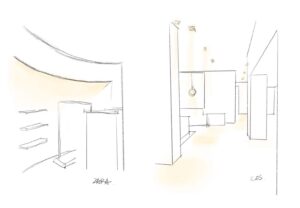
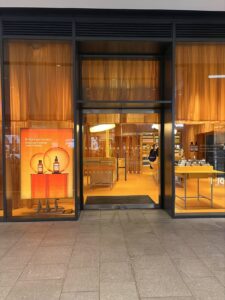
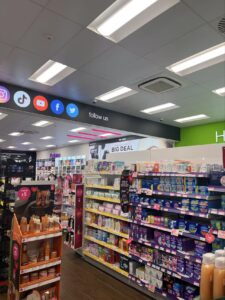
In contrast, the National Portrait Gallery of Scotland’s lighting is more focused on the work on display. The lighting in the gallery has been designed with illuminance and luminance contrast in mind, to ensure that the paintings contrast appropriately with the backdrops and that glare does not detract from the viewing experience. At the same time, natural light is strictly controlled to prevent UV damage to the artwork, while in some galleries, soft indirect lighting mimics natural light to bring out the best colours in the artwork.
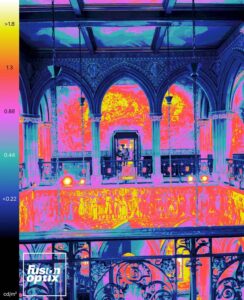

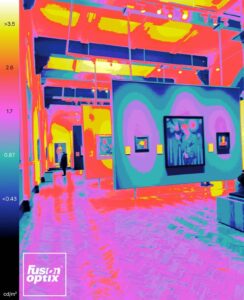
From retail spaces to art displays, I learnt that lighting design is not only about brightness, but also about atmosphere. The proper use of light can enhance the functionality and emotional experience of a space, creating a more immersive visual environment.





